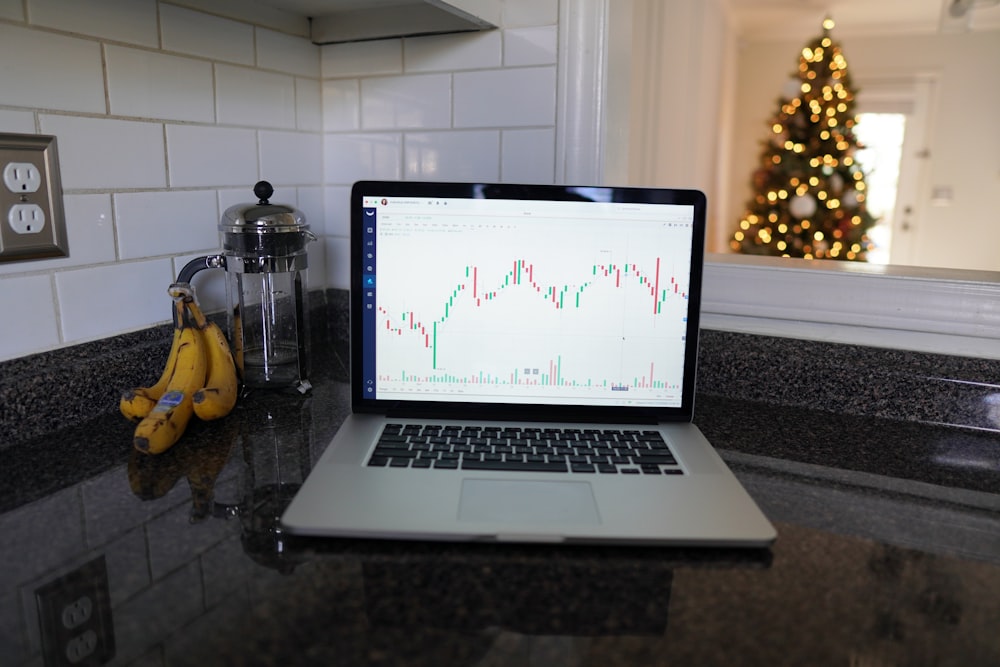Geneva Jackpot: Tariff Truce Sends Risk Into Overdrive
Image Source: Unsplash
Lottery Ticket Cashed
Markets strapped on their risk helmets Monday and punched the throttle. The S&P 500 surged 3.3% for its biggest gain in over a month, while the Nasdaq ripped more than 4%, lighting up the tape like a trading floor on NFP Friday. This wasn’t just another bounce off support—this was a full-blown sentiment reset, fueled by a headline no one saw coming: the U.S. and China agreed to slash tariffs for 90 days.
The market had priced in a coin-flip at best heading into the Geneva summit—maybe a handshake, maybe just another round of platitudes. What it got was a surprisingly well-packaged concession: the U.S. will cut tariffs on Chinese goods from 145% to 30%, and Beijing will dial back its levies on American imports from 125% to 10%. A de-escalation that, frankly, wasn’t even in the top ten most optimistic scenarios—it was the equivalent of a lottery ticket that cashed.
Markets were leaning cautiously bearish into the weekend, volatility had been sticky, and macro bets were building around continued policy dysfunction. Instead, traders got a genuine pivot. That set off a mechanical unwind of short dollar, long vol, long JPY positions and triggered a flood of systematic bid chasing in equities.
The S&P 500 sliced through its 200-day moving average like it wasn’t even there and is now just 5.6% off February's highs. DXY surged 1.35% as euro and yen longs got carted out. U.S. yields backed up across the curve as traders marked down Fed cut expectations—just two now priced for 2025, down from three last week. Meanwhile, the VIX cratered below 19, returning to its pre-tariff tantrum lows.
This was a headline-fueled rerating of both risk and policy clarity. The tariff truce now sets a range: 10% for allies, 30% for adversaries. That gives asset managers a framework, a ceiling, and a playbook.
Shipping stocks surged, led by Maersk and Hapag-Lloyd, both up over 10%. Crude oil gained 2% on a revived global growth bid. Asian equities, from Seoul to Shenzhen, caught the news just after their close—expect follow-through there tonight.
Make no mistake, this was highly stage-managed diplomacy. But the optics are good and the implications real. It signals that even this administration recognizes the economic drag of unrelenting tariffs, especially heading into a re-election cycle. Risk assets just got a green light to price in less chaos.
Geopolitics helped, too. Ceasefires are holding across multiple fronts. Ukraine and Russia may meet in Istanbul, India and Pakistan remain quiet, and even the PKK is disbanding. Risk is catching a macro tailwind from all angles.
The View
The move has all the fingerprints of a classic pain trade. The bears, of which there were many, got stuffed. The Nasdaq 100 is now up almost 26% from the April 7th lows, clearing every CTA model threshold like a knife through butter. The Dow has finally erased its Liberation Day losses, and even the laggard S&P is hovering 2% above those chaotic tariff-panic levels.
Sub-20 VIX and back-to-back short squeezes (today was the second biggest in a year) are screaming one thing: this is non-fundamental momentum chasing—a perfect storm for FOMO-fueled flow.
Systematic macro books that were long $450 billion global equities at peak exposure are only sitting on ~$185 billion now. Add to that a light discretionary length that’s only crawled back to 3.5 out of 10 from near record lows three weeks ago, and you’ve got tinder. Retail and sovereigns lit the match.
TSLA reclaimed the $1 trillion crown, megacaps are floating on liquidity, and spot Bitcoin ETFs hit a record $40.33 billion in lifetime flows—because apparently, the world didn’t end after all.
The dollar? Best day since the election. The DXY is surging like it remembered it has a job to do. Gold, naturally, got carpet-bombed—back down to $3200. Oil held its gains, but the wild card remains the Iran nuclear deal. If it drops, so does crude. If it doesn’t, shale’s break-even floor provides the cushion.
So yes, the feel-good flow is back. But don’t confuse it with follow-through. The base case just flipped from recession to unrecession—and that alone might keep the bid under risk. But sustainability? That’s still a question of time, data, and—most of all—bonds, as yields simply have to come down. With 10’s close to %4.50%, you can expect a whole lot of White House pressure on the Fed to cut.
More By This Author:
A Swiss Treat Or A Swiss Miss?
Tariff Relief For Sale - Price Tag? Buy American
Powell Channels Cool-Hand Luke, And Trump Ropes The Bears With AI Rhetoric




